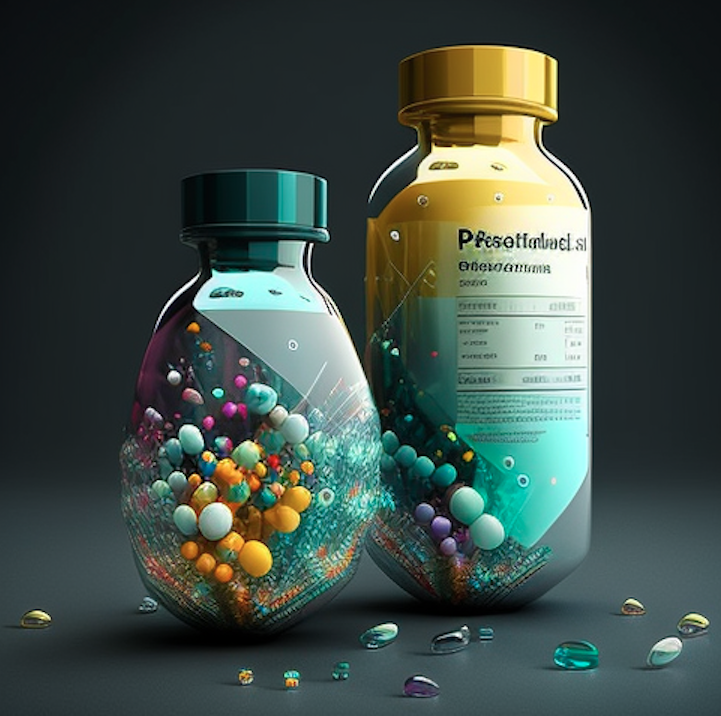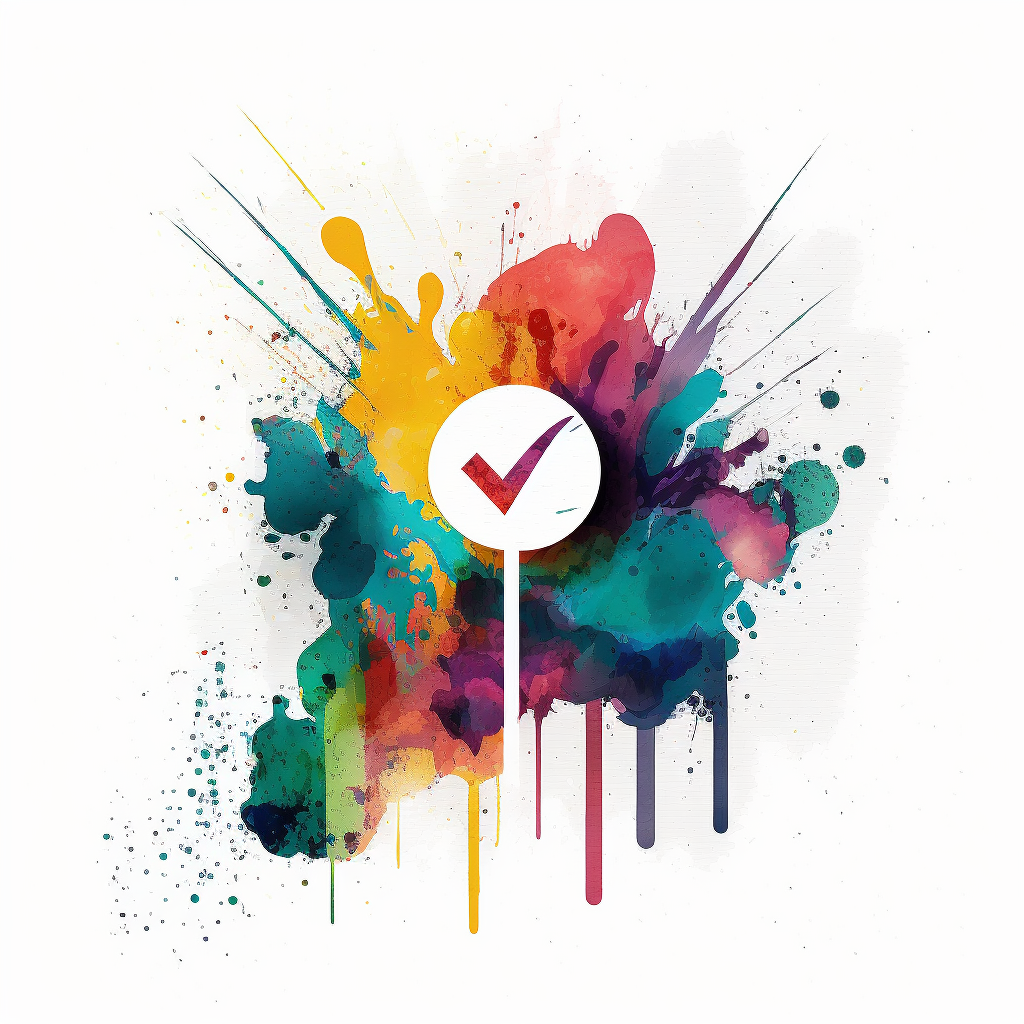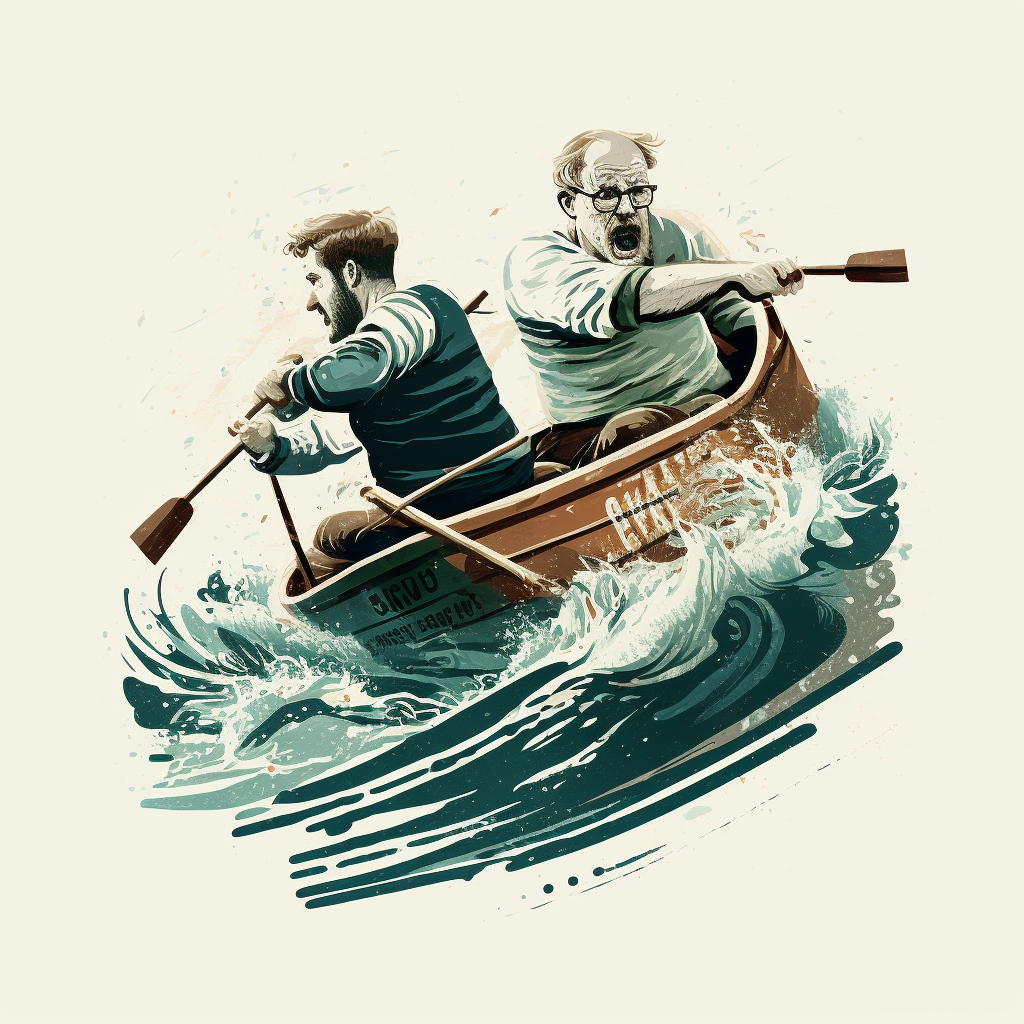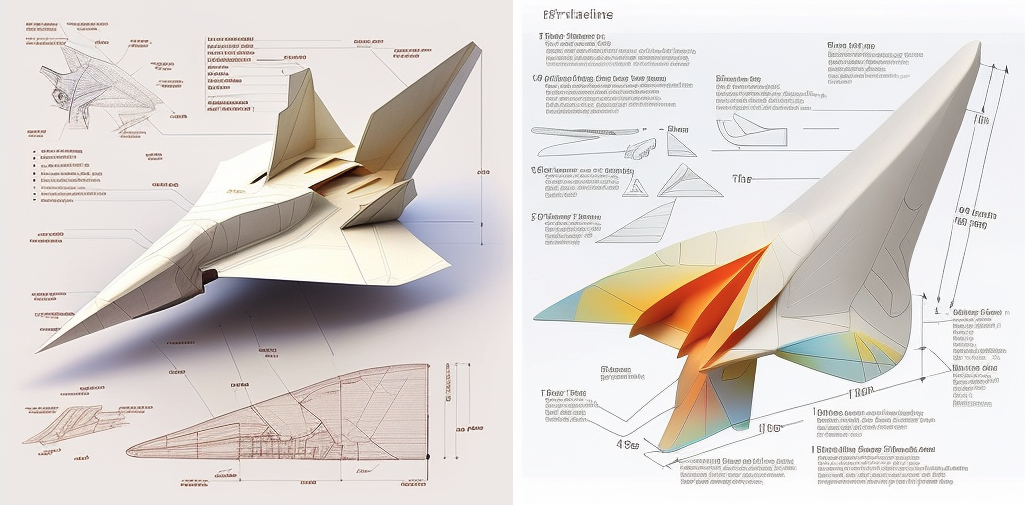
El trabajo remoto o teletrabajo ha ganado mucha popularidad en los últimos años debido a las facilidades que brinda en términos de flexibilidad, reducción de costos y mejora en la calidad de vida. No vamos a mencionar la causa que, no hace mucho tiempo, nos obligó a trabajar de esta manera temporalmente. Sin embargo, como toda modalidad de trabajo, tiene sus puntos positivos y negativos que es importante tener en cuenta si puedes tomar la decisión de trabajar de forma remota.
En este articulo vamos a numerar algunos pros y contras de a ambos modelos donde aportaré mi experiencia personal al respecto.
Trabajando en remoto
Uno de los mayores beneficios del trabajo remoto es la eliminación del tiempo de desplazamiento. Al no tener que desplazarse hacia y desde la oficina, los trabajadores pueden ahorrar tiempo y dinero en transporte. Además, al evitar el tráfico y la aglomeración de personas en el transporte público, se reduce el estrés y se mejora la calidad de vida.

En mi caso, tengo una dicotomía al valorar el tiempo de desplazamiento, por un lado no puedo decir que fuera estresante dado que trabajo en Málaga y mi desplazamiento al trabajo era en bici por un precioso paseo marítimo, no me odies, no es culpa mía..jajajaja; cero estrés a mencionar, en cualquier caso si he tenido algún día de mucho trabajo y estrés, ¿y quién no?, donde he echado de menos un tiempo de desconexión de la vida laboral a la vida familiar, a veces no es sencillo cambiar el chip en los dos minutos que tardas en cerrar la sesión de tu portátil y tener que lidiar con una pelea de hermanos, la razón es clara, no somos máquinas.
Otro beneficio del trabajo remoto es la flexibilidad en cuanto a horarios y ubicación. Los trabajadores que producen en remoto pueden establecer su propio horario y trabajar desde cualquier lugar con acceso a internet, lo que les permite equilibrar su vida laboral y personal de manera más efectiva. Esto es especialmente útil para aquellos que tienen responsabilidades familiares o que necesitan trabajar en horarios no convencionales.
He trabajado con un compañero que por razones que no vienen al caso tuvo una experiencia en Australia durante 2 meses, es un front-end developper y adecuando los horarios pudo tener esa experiencia y hacer su trabajo sin ningún problema. Es cierto que puede ser un caso extremo ir a la otra parte del mundo, pero es una experiencia real y de éxito.
Además, el trabajo en remoto puede mejorar la productividad. Al trabajar desde casa, los empleados pueden evitar distracciones y ruido excesivo, lo que les permite concentrarse mejor en sus tareas. También pueden establecer un ambiente de trabajo personalizado y cómodo, lo que les permite ser más eficientes.
Respecto a distracciones y ruido en realidad es una cuestión de profesionalidad respecto a la implicación con tu trabajo, puedes tener la mala suerte de que todos tus vecinos decidan secuencialmente hacer obra en su baño pero eso no tiene nada que ver con tu lugar de trabajo, si no te sientes implicado e ilusionado con tu trabajo, cualquier mosca que pase, estes donde estes, será muy interesante.
Trabajando en la oficina VS trabajo en remoto
Por otro lado, hay ciertos aspectos negativos que también deben tenerse en cuenta. Uno de ellos es la falta de interacción cara a cara con colegas y compañeros de trabajo. Aunque la tecnología ha permitido una mayor comunicación en línea, todavía no se puede reemplazar la interacción personal y la camaradería que se desarrolla en un entorno de oficina. Esto puede afectar negativamente el sentido de pertenencia y la cultura de compañerismo de la empresa.
Otro desafío del trabajo remoto es la necesidad de establecer límites claros entre el trabajo y la vida personal. Al no tener un lugar de trabajo físico, es fácil caer en la tentación de trabajar todo el tiempo, lo que puede llevar a la sobrecarga de trabajo y el agotamiento. También puede ser difícil desconectar del trabajo cuando el ambiente de trabajo y el hogar son el mismo lugar.
Comparando el crecimiento del primer y segundo peque, la verdad es que me he sentido mucho más conectado con su evolución temprana trabajando desde casa y estoy eternamente agradecido por la coincidencia por haber tenido un bebe “pandemiar” ya que llegó en pleno encierro. Mentiría si diría que trabajar en remoto siempre es fantástico y solo cuento con mi experiencia y la de mis compañeros.

Resumiendo, entiendo que hay miles de detalles atenuantes en lo que se refiere a optar por un trabajo en la oficina o desde casa, es importante tener en cuenta tanto los beneficios como los desafíos del trabajo remoto antes de tomar una decisión. Para muchas personas, el trabajo remoto puede ser una gran opción que les permite equilibrar su vida laboral y personal de manera efectiva. Sin embargo, para otros, la falta de interacción personal y la necesidad de establecer límites claros entre el trabajo y la vida personal pueden ser desafíos significativos.

Artwork Manager











